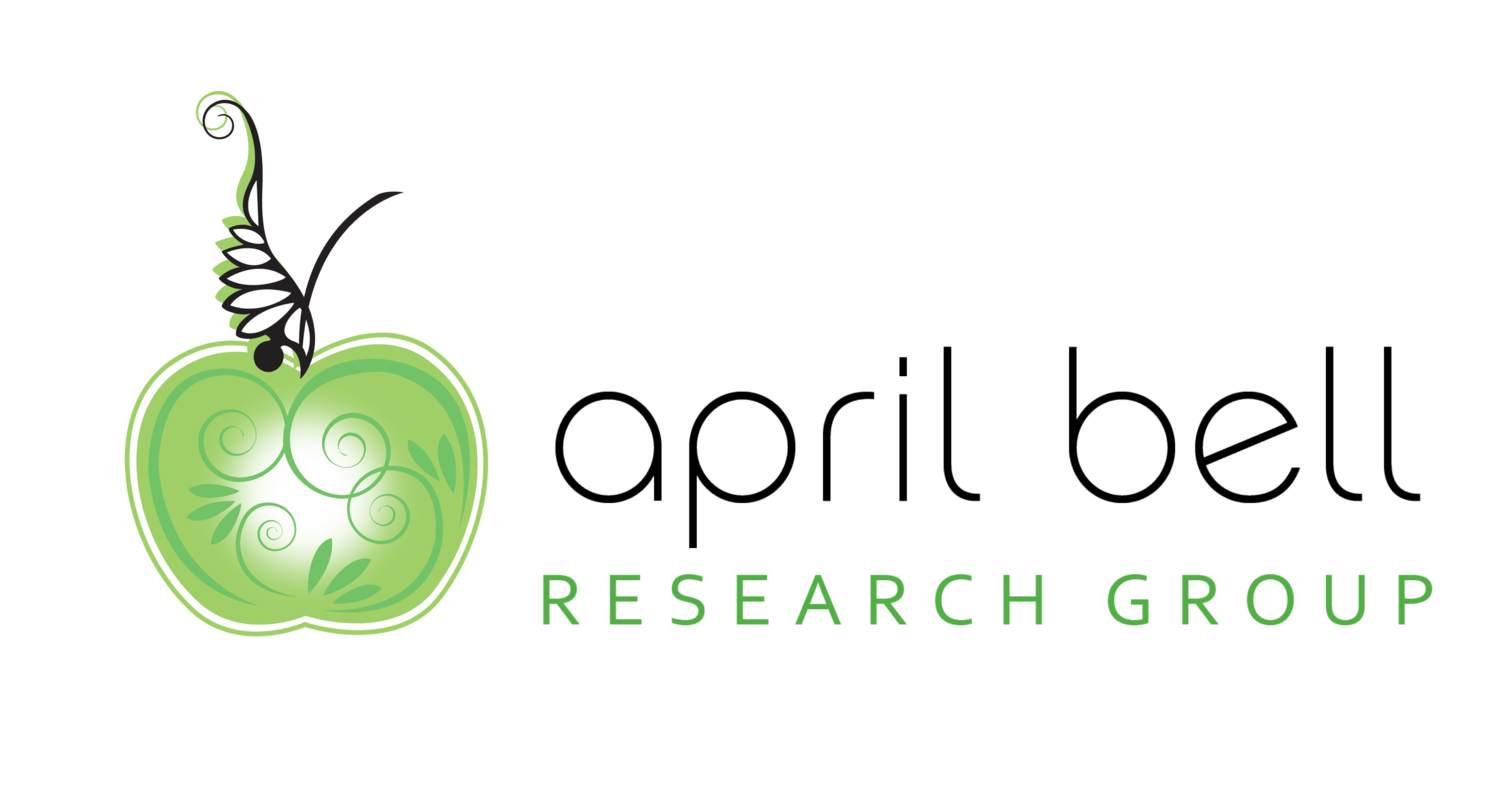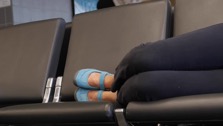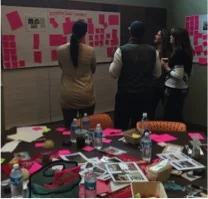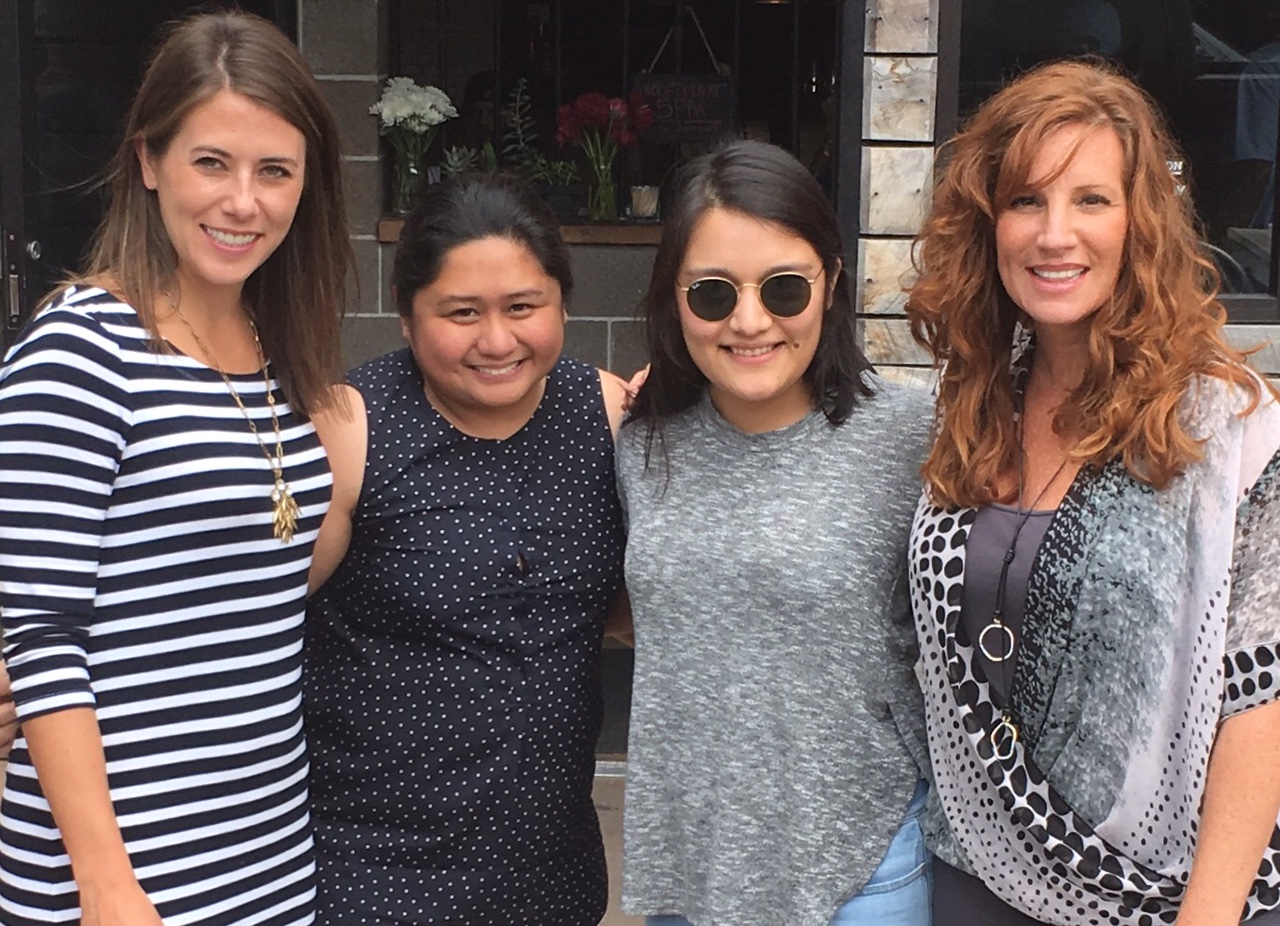We all know (and many love) Taco Bell’s Doritos Loco Tacos. I mean, they combined the awesomeness of Doritos with the goodness of a Taco Bell taco – what’s not to love? As a marketing research firm, this is exactly the kind of new product development project we loved working on.
Equally exciting is getting to test the newer, limited-time offer “mash up” at Burger King - Mac n’ Cheetos.
These mash ups also create conversation. Although I’m not personally a huge mac n’ cheese fan, when I heard about this product, I immediately wanted to try it just so I could tell others about it. A newly discovered “mash up” makes you want to share your experience with others. There are well over 7,000+ #macncheetos instagram posts.
Since we worked on Doritos Locos Tacos in 2012, it seems like everywhere we turn there are new delicious mash-ups calling my name. The Cronut, A Sushi Burrito, Pizza Hut’s Hot Dog Bites Pizza, Cinnamon Bun Oreos, Taco Bell’s Quesarito, 7-Eleven’s Slurpee Donut – the list goes on and on. So why does this trend still have so much popularity, close to 4 years later?
I’m curious to know how long the trend of food “mash ups” will continue in the food industry. I love the way it adds a new element to a relatively familiar items. So what’s next? Burger King just announced the launch of a Whopperito. Culinary Genius.






































